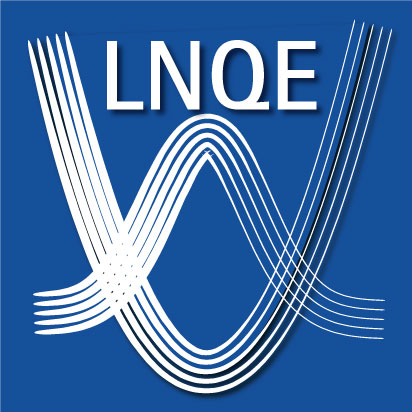Graphene-based sensors: Application of sensory and actorial graphene structures in medical engineering
| Leitung: | R. Sindelar, F. Renz |
| Team: | B. Dreyer |
| Jahr: | 2017 |
The unique properties of graphene, e.g. the high charge mobility and electron transfer rate, the exceptionally high surface-to-volume ratio and the mechanical stability make it an attractive candidate for future sensor applications. For the successful introduction of the graphene based on sensor technology, a carrier material is needed which is inexpensive and sustainable in production and which has a secure raw material basis. The nanoscale dimensions of the fibers to be investigated suggest application to the cell plane. While presently electrical stimulation devices, e.g. Cochlear implants, electrodes of at least one square millimeter, and thus stimulate entire nerve strands over a large area, can create a stimulus on cell plane and even below, e.g. at a synapse. Together with the functionalization of the fibers, e.g. through switchable metal complexes, a variety of sensory and stimulatory properties can be thought of in a single nanoscale fiber. The project is closely linked to the working groups of Professor Renz and Professor Tegenkamp. While the fibers are produced on the HsH, the functionalization is carried out in chemistry. This is to be investigated in cooperation with the physics. If promising sensors or actuators are produced, these can be tested in the neurology of the MHH.






